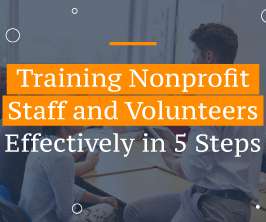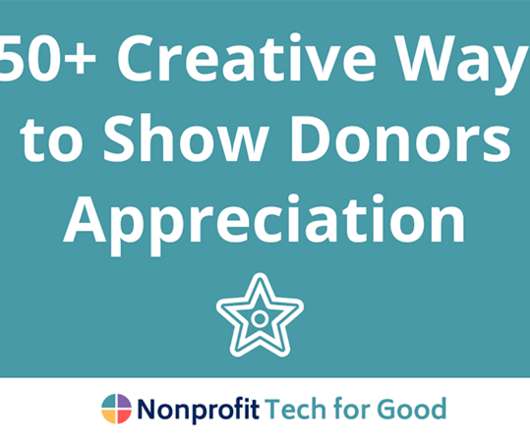Training Nonprofit Staff & Volunteers Effectively in 5 Steps
Get Fully Funded
NOVEMBER 11, 2021
Hint: If your constituents are more comfortable now with virtual opportunities to lend their support, check out Fundly’s list of virtual fundraising ide as to get inspired for your next campaign.). Every person in your organization—staff, volunteers, and board members alike—need an annual evaluation of their performance.












Let's personalize your content